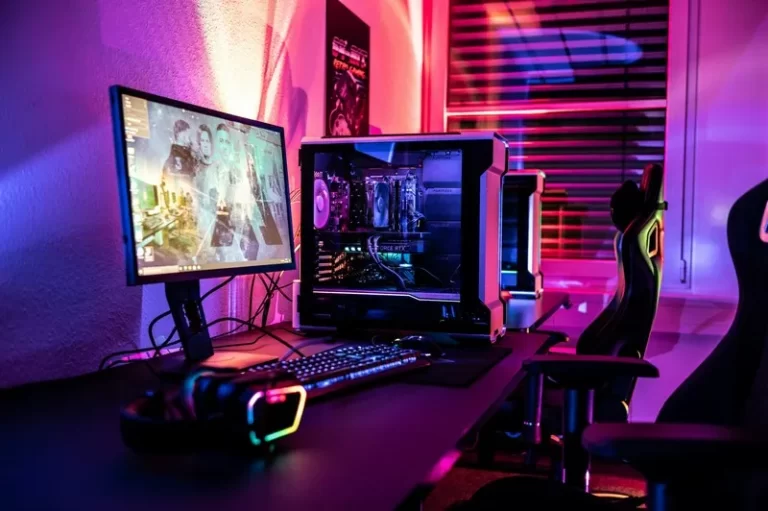Table of Contents
- Genshin Impact and the Formation of Communities
- Globalization and Cultural Hybridity
- Identity Construction in Virtual Worlds
- The Political Economy of Genshin Impact
- Genshin Impact and Social Stratification
- Art and Genshin Impact
- The Future of Sociological Inquiry in Gaming
Genshin Impact, an action role-playing game developed by miHoYo, has captivated millions of players worldwide since its release in 2020. Beyond its gameplay mechanics and expansive open-world environment, Genshin Impact presents an intriguing case study for sociological analysis. From its global appeal to its in-game social dynamics, the game reflects and shapes contemporary social trends, cultural practices, and economic structures. This article explores the sociology of Genshin Impact, focusing on how it engages communities, reflects globalization, fosters identity construction, and perpetuates digital capitalism.
Genshin Impact and the Formation of Communities
Online Communities and Social Capital
One of Genshin Impact’s most striking sociological features is its ability to foster vibrant online communities. Players come together through forums, social media platforms, and fan sites to discuss strategies, share fan art, and express their appreciation for the game. These communities are rich sources of social capital, providing emotional support, shared knowledge, and opportunities for collaboration.
The game’s multiplayer mode facilitates direct social interaction, enabling players to form bonds across geographical and cultural divides. The collaborative dynamics in co-op mode, where players team up to complete challenges, mirror Durkheim’s concept of collective effervescence—a sense of unity and shared purpose generated during communal activities.
Online communities also foster solidarity through shared experiences and challenges. Events such as co-op boss battles and domain farming sessions encourage teamwork and mutual reliance, deepening the connections between players. These spaces are instrumental in transforming casual gamers into deeply engaged community members, who often dedicate hours to developing in-game skills and forming enduring bonds with fellow players.
Virtual Spaces as Public Spheres
Platforms like Reddit and Discord, dedicated to Genshin Impact, act as modern-day Habermasian public spheres where players engage in dialogue, debate game mechanics, and critique company practices. These spaces highlight the intersection of leisure and activism, as fans rally to influence game updates or challenge perceived injustices, such as unfair monetization practices.
Beyond traditional forums, fan-created content like YouTube tutorials, fan art, and TikTok memes expand the public sphere into multimedia formats. These creative outlets amplify discussions and invite broader participation, allowing the game’s community to evolve as a dynamic, self-sustaining ecosystem.
Globalization and Cultural Hybridity
A Transnational Cultural Product
Genshin Impact exemplifies the phenomenon of globalization in digital culture. Developed in China, the game integrates artistic and narrative elements drawn from various cultural traditions, including East Asian mythology, European architecture, and global fantasy tropes. This blending of cultural motifs creates a hybrid aesthetic that appeals to a diverse international audience.
The game’s success demonstrates how cultural hybridity can resonate with global audiences. Iconic locations like Mondstadt and Liyue, inspired by Germanic and Chinese cultural elements respectively, provide a sense of familiarity while offering novel, immersive experiences. Such integration highlights the power of cultural amalgamation in building transnational appeal.
Soft Power and Cultural Exchange
As a product of Chinese developers, Genshin Impact also serves as an instrument of soft power, subtly promoting Chinese cultural elements to a global audience. Through characters, stories, and in-game festivals inspired by Chinese traditions, the game becomes a medium for cultural exchange, challenging stereotypes and fostering cross-cultural understanding.
This exchange extends to language learning and historical curiosity. Players are often motivated to learn Chinese phrases or explore real-world parallels to the game’s lore, deepening their cultural appreciation. Such interactions make Genshin Impact not merely a game but a platform for enhancing global cultural literacy.
Identity Construction in Virtual Worlds
Avatars and Self-Representation
In Genshin Impact, players assume the role of the “Traveler,” a customizable avatar who explores the game’s vast world. This role-playing experience aligns with Goffman’s dramaturgical theory, as players “perform” identities through their avatars, navigating both the game’s narrative and their interactions with others.
Players often project aspects of their real-life identities onto their avatars, choosing characters that resonate with their personalities, values, or aspirations. This phenomenon highlights the game’s role in identity construction, providing a safe space for self-expression and exploration.
The opportunity for self-representation extends beyond the Traveler to the broader roster of playable characters. Each character’s unique abilities and personalities allow players to express different facets of their identities. For example, players might gravitate toward characters like Xiao for his stoic demeanor or Klee for her playful energy, mirroring their personal traits or aspirations.
Fandom and Collective Identity
The game’s fandom is another avenue for identity formation. Fans express their affiliation through creative works such as fan art, cosplay, and fanfiction. These activities reinforce a collective identity among players, fostering a sense of belonging and shared purpose within the broader Genshin Impact community.
Fandom also creates subcultures within the larger player base. Groups dedicated to specific characters or themes often emerge, deepening the complexity of social interactions. These subcultures mirror offline identity groups, with their own norms, rituals, and hierarchies that contribute to a richer, more layered community experience.
The Political Economy of Genshin Impact
Monetization and Digital Labor
Get the full article AD FREE. Join now for full access to all premium articles.
View Plans & Subscribe Already a member? Log in.






